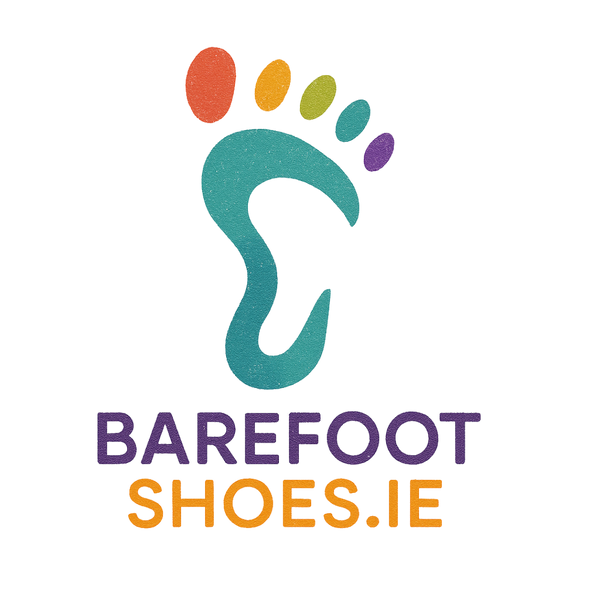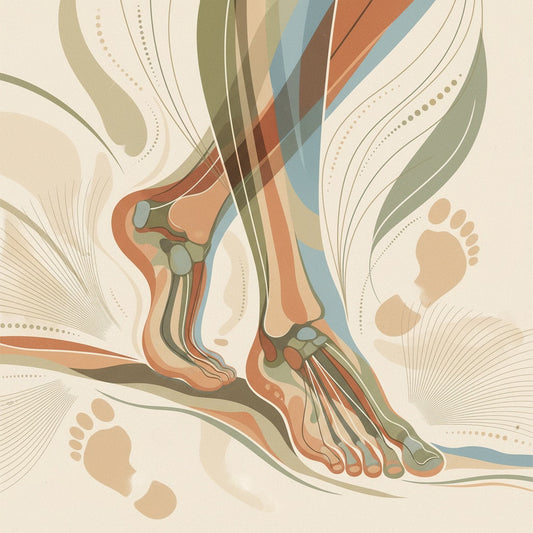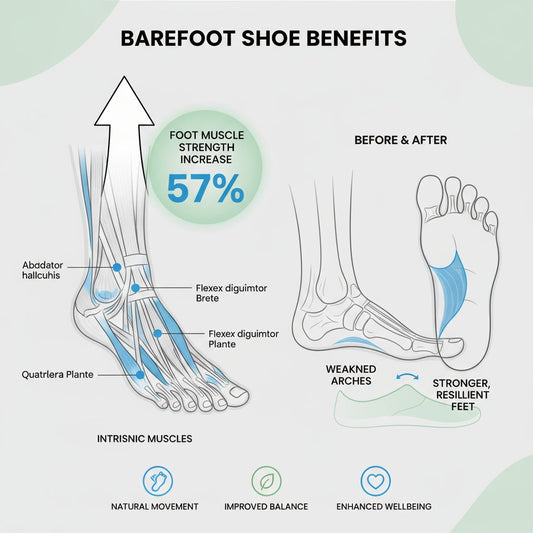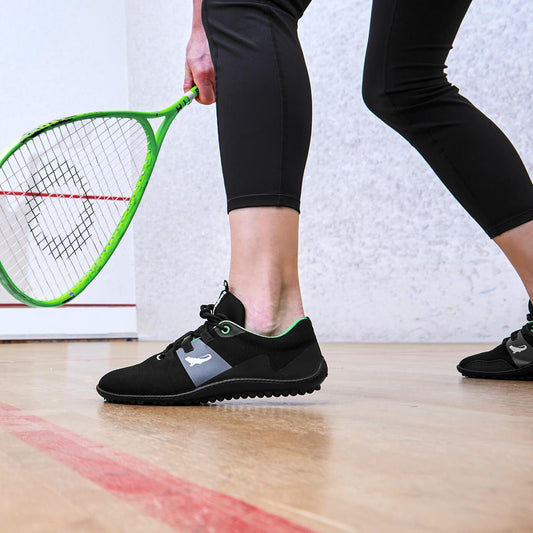How to measure
To determine the length of your feet, follow these steps:
- Position your foot with the back against a wall on a flat surface.
- Measure the distance from point A to point B.
The measurement between points A and B represents the length of your feet.

| Foot Length (cm) | EU |
|---|---|
| 22.8 | 36 |
| 23.5 | 37 |
| 24.2 | 38 |
| 24.8 | 39 |
| 25.4 | 40 |
| 26.1 | 41 |
| 26.8 | 42 |
| 27.4 | 43 |
| 28.1 | 44 |
| 28.8 | 45 |
| 29.4 | 46 |
| 30.1 | 47 |





